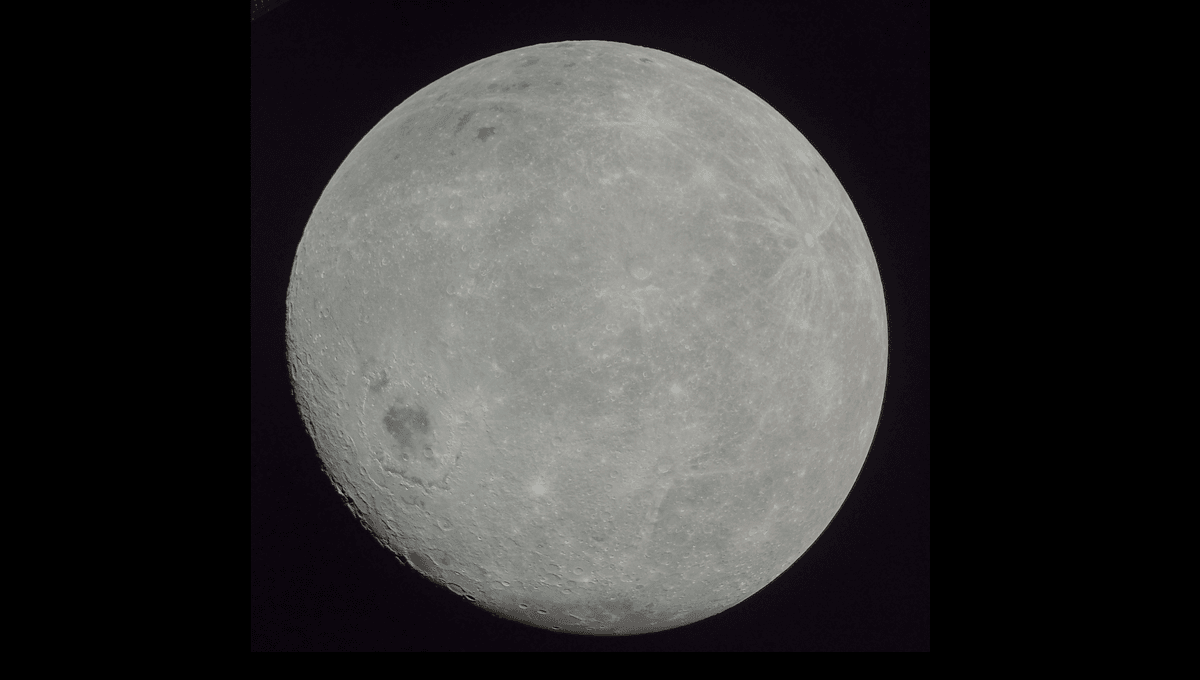
India’s lunar mission Chandrayaan-3 is expected to land on the surface of the Moon on Wednesday this week. If it can do so successfully, it will be the first lander to safely arrive at the Moon’s south pole (RIP Lunar-25) – an area of increasing interest due to the detection of large amounts of ice there. In the meantime, it’s sent home some gorgeous photos of the far side of the Moon.
In preparation for the landing, the mission has been carrying out some orbital maneuvers while circling the Moon. While doing so, it snapped some pretty cool pictures of the far side of the Moon, the portion that humans never see. This is because the Moon is tidally locked with our planet, which means it’s always showing us the same face.
In a post the Indian Space Research Organisation (ISRO) shared on X (formerly Twitter), the images are labeled with some of the craters and regions the probe has flown over, including Mare Humboldtianum and Bel’kovich.
The images were snapped by the Lander Hazard Detection and Avoidance Camera (LHDAC) which is onboard the payload going down to the surface. This includes a lander and rover expected to operate for three to six months on the Moon. If successful, India will be only the third nation to successfully soft land a probe on the Moon, after the former Soviet Union and China.
ISRO also shared two videos made up of snaps taken by the probe on August 15 and August 17 after the separation of the lander module from the propulsion module.
The interest in the lunar south pole is down to the presence of permanently shaded craters where water ice has been detected from orbit, in such an abundance that it is seen as a great place for potential future human settlement on the Moon. This is one of the reasons the Artemis 3 mission aims to land humans there in a few years’ time.
Landing on another celestial body is always a gamble. The United States, the Soviet Union, and China have all successfully landed missions on the Moon which have returned data, and sometimes actual Moon rocks. However, as Russia’s Luna 25 recent crash landing, as well as previous attempts by Israel, a United Arab Emirates-Japan partnership, and the last Indian mission to attempt such a maneuver have demonstrated, it’s not a guarantee.
Even a successful landing won’t mean a mission accomplished. A rover at such high latitudes will be facing the harshest environment on the Moon. Availability of sunlight at those latitudes is limited, the terrain is rugged, and temperatures can get very low.
ISRO has announced the landing is expected for Wednesday, August 23 at 12:34 pm UTC (8:34 am EST).
Source Link: Chandrayan-3 Snaps Gorgeous Views Of The Far Side Of The Moon